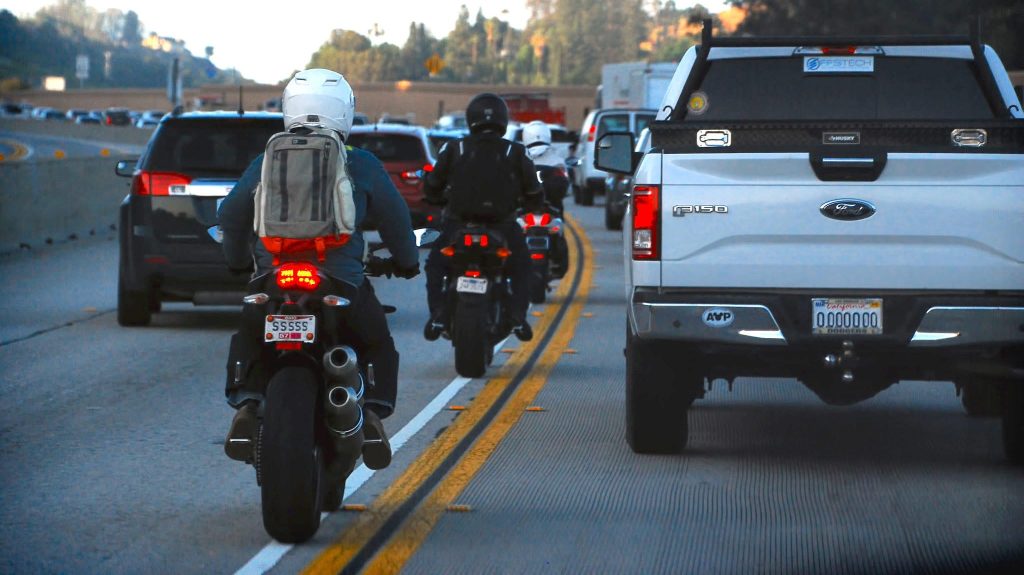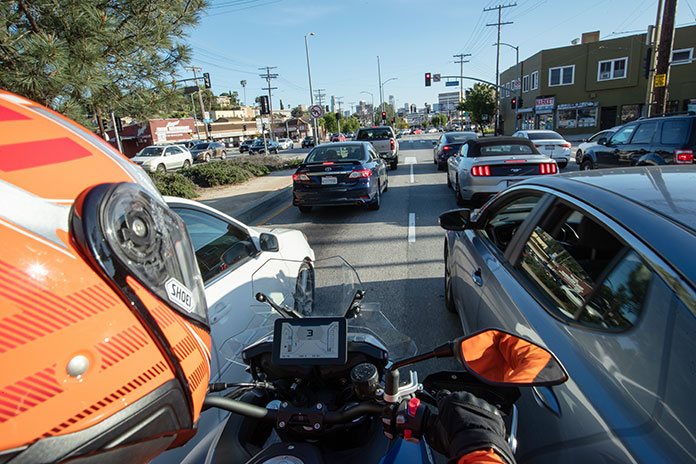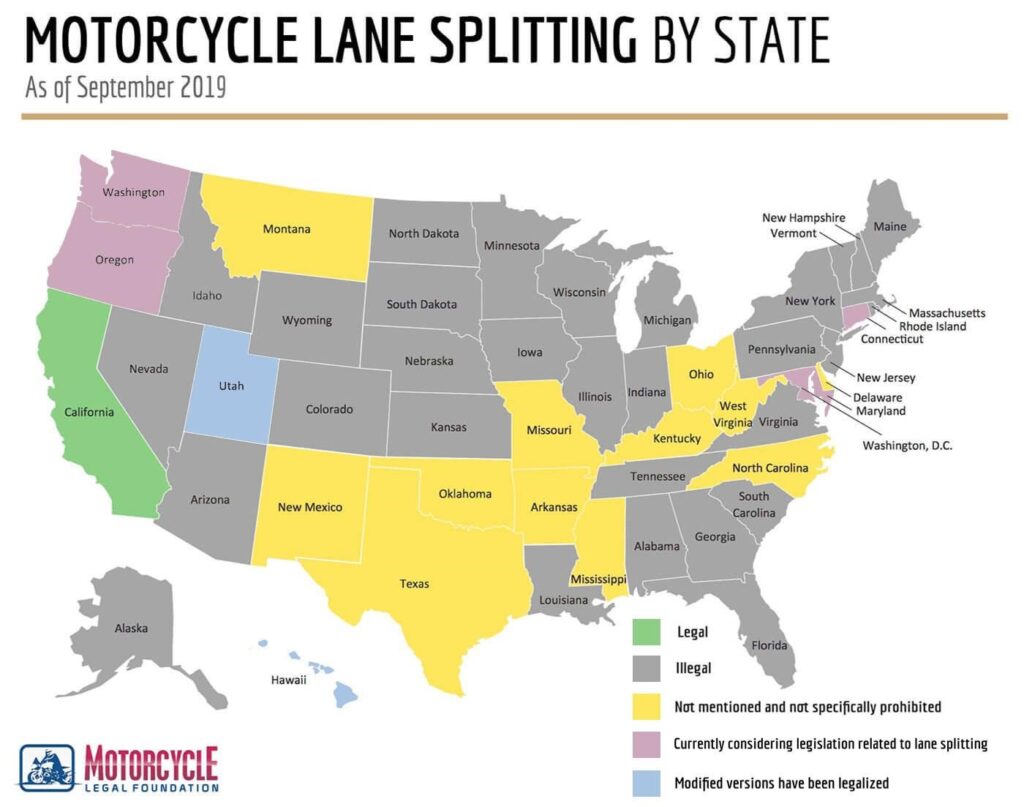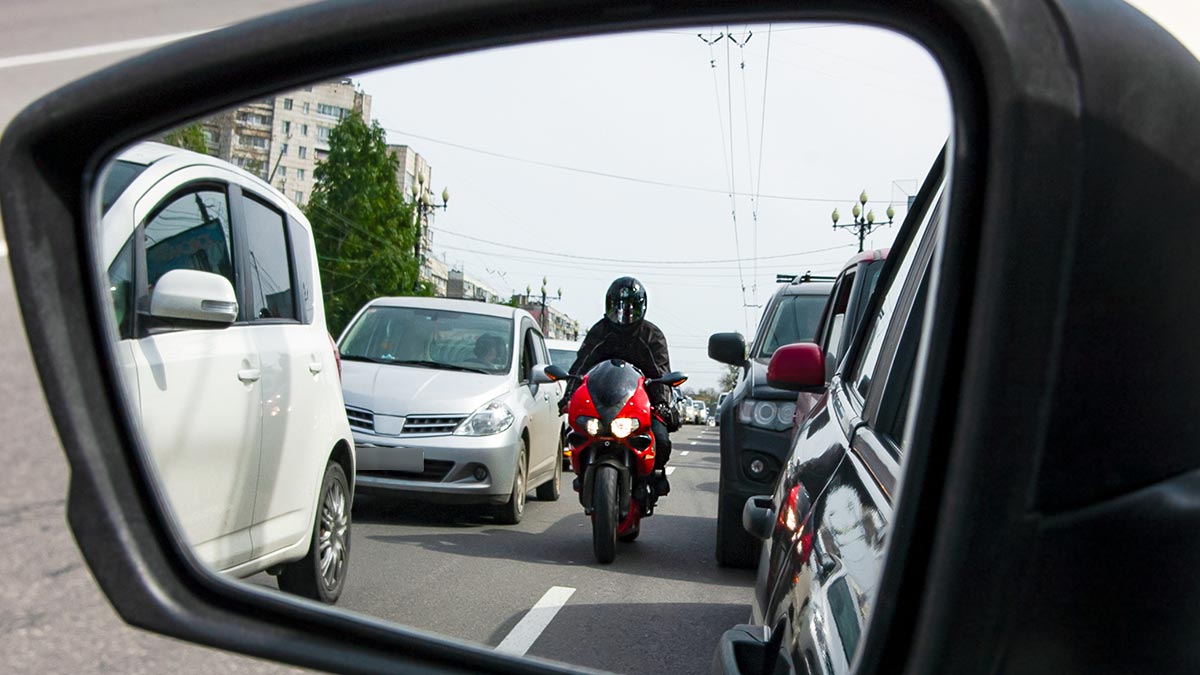Is Lane Splitting Legal In Japan
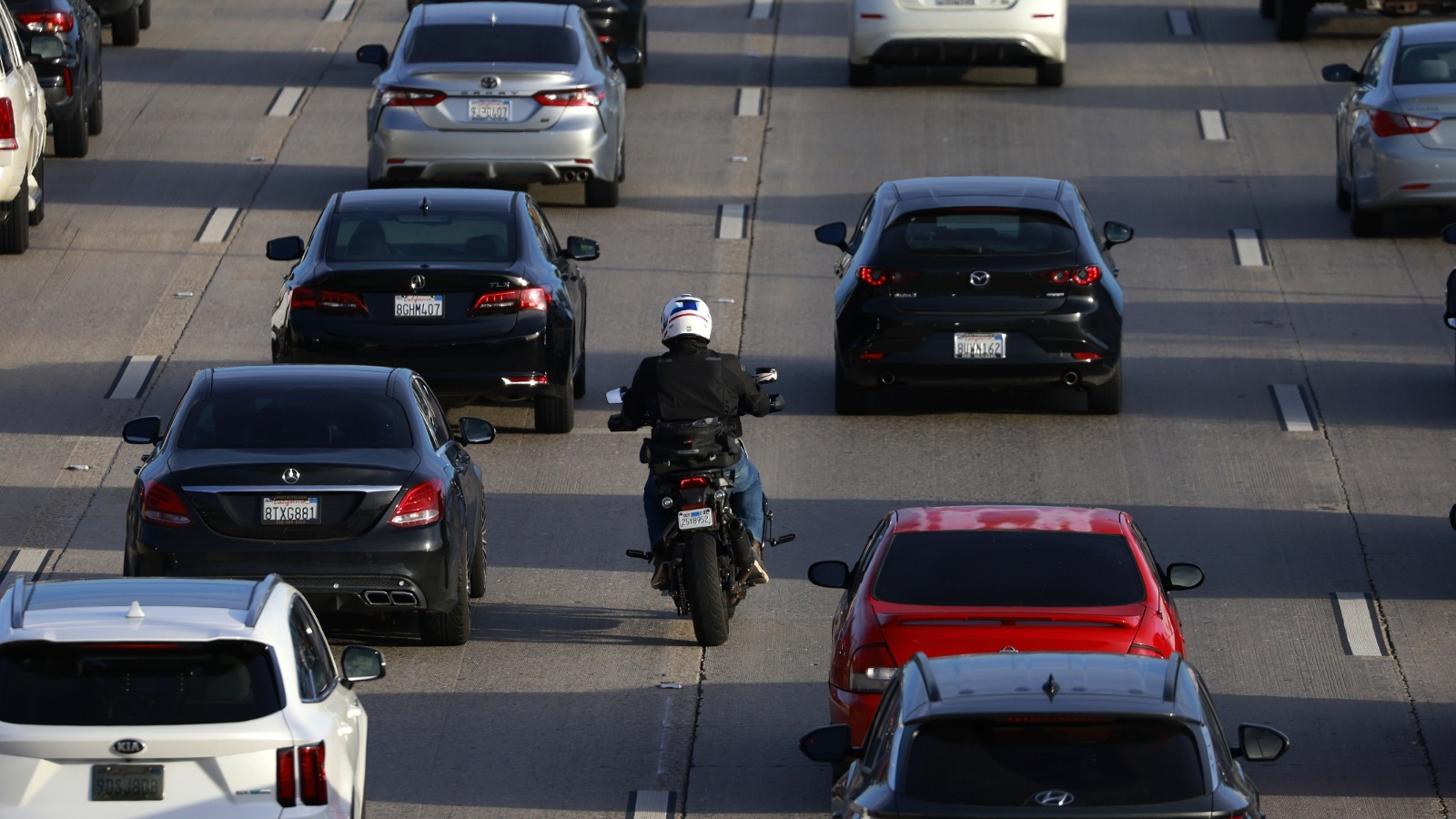
Imagine weaving through Tokyo's labyrinthine streets, a symphony of engines echoing off the towering skyscrapers. Sunlight glints off chrome as scooters and motorcycles navigate the dense traffic, a dance of precision and agility. The air is thick with anticipation, a feeling known intimately by anyone who's ever considered the freedom of two wheels in the urban jungle.
This begs the question for riders worldwide: is lane splitting, that controversial and often debated practice, legal in Japan?
The short answer is no, lane splitting, also known as filtering, is illegal in Japan. Despite the seemingly perfect conditions for it in the country's perpetually congested cities, the practice is not permitted under Japanese traffic law. Let's delve deeper into the specifics and uncover the nuances of this regulation, understanding its context within Japan's broader traffic culture.
Understanding Japanese Traffic Law
Japanese traffic law, codified in the Road Traffic Act, is known for its strictness and emphasis on safety. Adherence to rules is paramount, and any deviation, even if seemingly minor, can result in penalties. The law is designed to promote orderly traffic flow and minimize accidents.
The relevant section of the act prohibits driving in a manner that obstructs other vehicles. While not explicitly mentioning lane splitting, the interpretation of this law by authorities and the courts has consistently deemed it illegal. This interpretation is largely based on the belief that filtering between lanes poses a safety risk to both the rider and other drivers.
What Constitutes Illegal Lane Splitting?
In essence, any movement between lanes of traffic while vehicles are stopped or moving slowly, with the intent of progressing faster than the general flow of traffic, is considered illegal. This includes riding on the white lines separating lanes, or maneuvering through gaps between cars during congestion. The crucial element is exceeding the speed of the surrounding traffic while occupying space between lanes.
However, it is important to distinguish this from simply changing lanes. A normal lane change, executed with proper signaling and observation, to overtake a slower-moving vehicle, is perfectly legal, provided it is done safely and without disrupting the flow of traffic.
The Rationale Behind the Ban
The Japanese government's stance on lane splitting is rooted in safety concerns. Authorities argue that filtering increases the risk of accidents due to several factors. These include reduced visibility for drivers, unexpected movements by motorcycles, and the potential for collisions when cars change lanes without anticipating a motorcycle in the gap.
Furthermore, the relatively narrow lanes in many Japanese cities contribute to the perceived danger of lane splitting. The limited space between vehicles leaves little margin for error, making collisions more likely. This is further compounded by the high density of vehicles on Japanese roads, especially during peak hours.
Data and Statistics
While there's no specific Japanese data explicitly linking lane splitting to accident rates (likely because it is illegal), international research offers some insights. Studies from countries where lane splitting is legal, such as California, have shown mixed results. Some studies suggest that filtering can be safe under certain conditions, while others highlight the increased risk of accidents, particularly at higher speeds.
The lack of definitive evidence either way contributes to the ongoing debate surrounding lane splitting worldwide. However, in Japan, the government's cautious approach prioritizes the perceived safety benefits of prohibiting the practice.
Penalties for Illegal Lane Splitting
Riders caught lane splitting in Japan face a range of penalties. These can include fines, points on their driver's license, and even suspension of their license, depending on the severity of the offense and any prior infractions.
The amount of the fine varies, but it typically falls within the range of several thousand yen. Accumulating too many points on a driver's license can lead to a license suspension, which can significantly impact a person's mobility and livelihood.
Enforcement of the Law
Enforcement of the lane splitting ban varies depending on location and time of day. Police officers are generally vigilant in areas with high traffic congestion or a history of motorcycle accidents. However, it's not uncommon to see riders occasionally filtering through traffic, especially in extremely dense conditions.
Whether or not an officer chooses to issue a ticket often depends on the specific circumstances and the officer's discretion. However, the risk of being caught and penalized remains a deterrent for many riders.
Cultural Context and Alternative Solutions
Japanese society places a strong emphasis on conformity and adherence to rules. This cultural context plays a role in the acceptance of the lane splitting ban. While some riders may disagree with the law, there is a general understanding of the importance of following traffic regulations.
Instead of advocating for lane splitting, many Japanese motorcyclists focus on promoting safer riding practices and advocating for improved infrastructure. This includes lobbying for better road design, more motorcycle-friendly parking, and enhanced driver education programs.
Future Possibilities
While the current legal landscape is unlikely to change drastically in the near future, the ongoing debate surrounding lane splitting in other countries may eventually influence policy discussions in Japan. As autonomous vehicles and advanced driver-assistance systems become more prevalent, the issue of motorcycle safety and traffic flow may be re-examined.
It is conceivable that future studies could provide more definitive evidence on the safety or risks of lane splitting, potentially leading to a reassessment of the current ban. However, any change in policy would likely be gradual and accompanied by strict regulations and comprehensive education programs.
In conclusion, while the allure of weaving through traffic might be tempting, lane splitting remains firmly illegal in Japan. The country's commitment to road safety, strict traffic laws, and unique cultural context all contribute to the ongoing ban. For riders in Japan, the path to enjoying the open road lies in responsible riding, adherence to the law, and perhaps, a little patience in navigating those crowded city streets. Until then, the dream of effortlessly gliding through gridlock remains just that – a dream for many.




